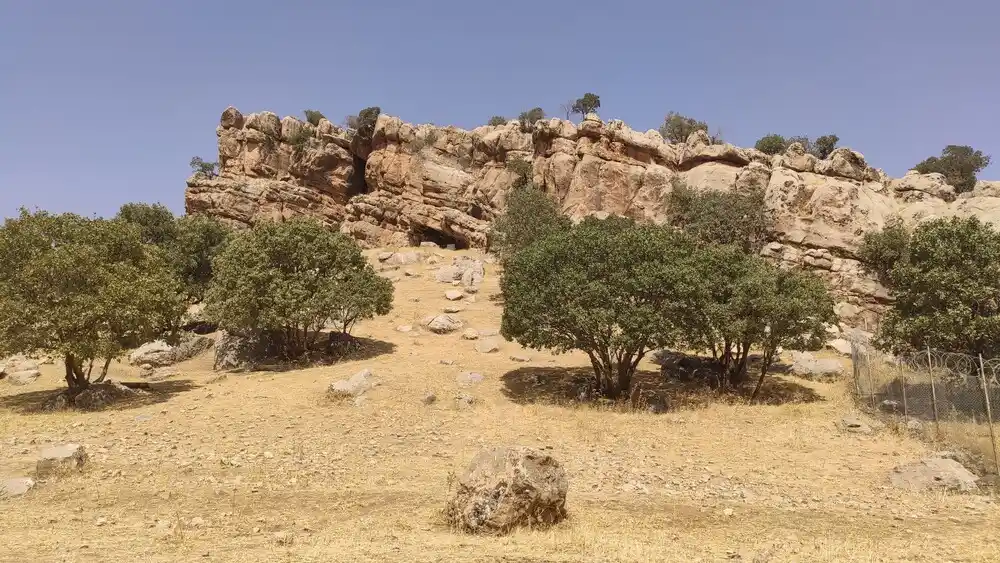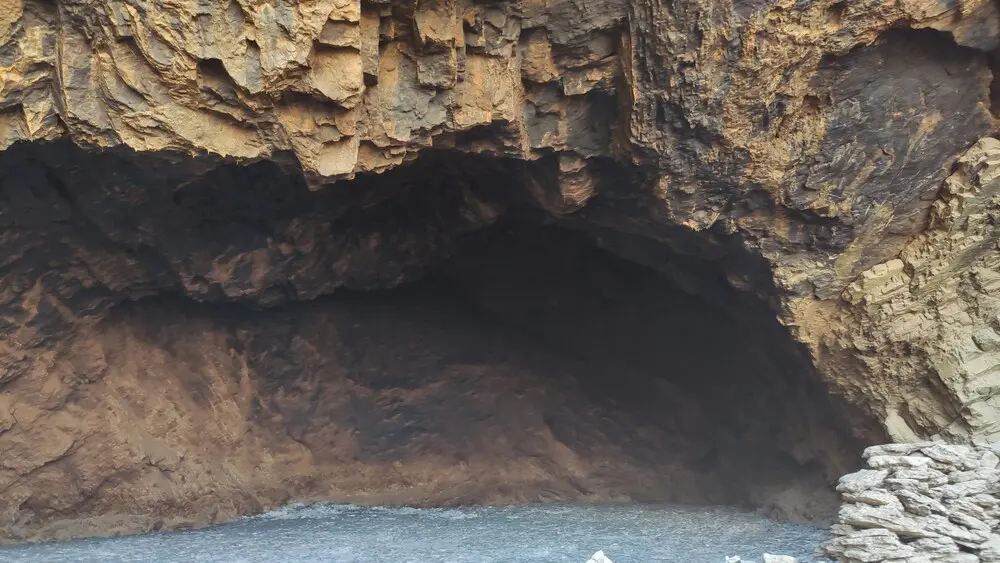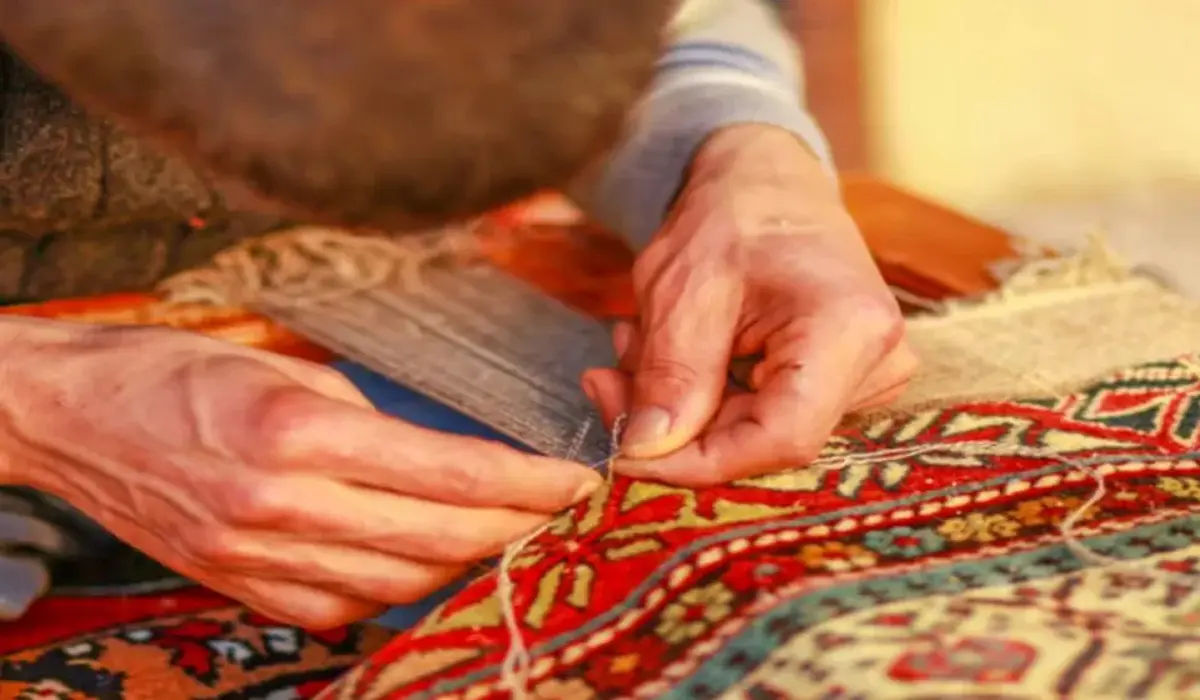Khorramabad Valley Earns Spot on UNESCO World Heritage List

- Negin Masihi
- 12 July 2025
- Blog
- 2 minutes
In a proud moment for Iran’s cultural and archaeological heritage, Khorramabad Valley, located in the heart of Lorestan Province, has officially been recognized as a UNESCO World Heritage Site. This announcement came during the 46th session of the World Heritage Committee in New Delhi, India, in July 2025.
This breathtaking valley, surrounded by rugged mountains and home to ancient secrets, now joins a prestigious list of global sites acknowledged for their exceptional value to humanity.
You may also like: Nowruz – The Persian New Year and Holiday Traditions
Khorramabad Valley – A Valley Steeped in History
Tracing Back Millennia
Each of the five registered sites tells its own fascinating story. Yafteh Cave offers some of the earliest evidence of symbolic expression by modern humans in the region — a powerful reminder of how creativity and culture go way back in human history.
Then there’s Qamari Cave, which paints a vivid picture of human life over time, from Neanderthals all the way to early herding communities of the Chalcolithic period. It’s a rare site that captures key moments of population change in Southwest Asia.
Konji Cave stands out thanks to its deep, layered archaeological record. Inside, researchers have found Middle Paleolithic artifacts and burial sites, showing the slow shift from roaming foragers to more settled communities. It’s an essential chapter in understanding how humans adapted and built resilience over time.
As Dr. Sheidrang pointed out, these caves do more than show us technological advances and symbolic thought. They also represent zones where Homo sapiens and Neanderthals may have crossed paths — a key piece in the puzzle of human evolution.
Home to Falak-ol-Aflak Fortress
One of the valley’s most iconic landmarks is the mighty Falak-ol-Aflak Castle, a stunning fortress perched on a hilltop above the city of Khorramabad. Built during the Sassanid Empire, this architectural marvel served both as a military stronghold and a symbol of regional power. Its strategic location and majestic design continue to captivate historians, tourists, and locals alike.

Recognition by UNESCO: Why It Matters
Cultural and Archaeological Significance of Khorramabad Valley
The UNESCO inscription celebrates more than just pretty ruins. It acknowledges the valley’s archaeological depth, architectural heritage, and the cultural continuity of its inhabitants. The decision reflects Khorramabad Valley’s role as a historical crossroads—a place where various civilizations flourished, traded, fought, and left their marks.
According to experts, the valley showcases the evolution of human societies through its layers of archaeological evidence. From the earliest cave dwellers to powerful Persian dynasties, this land has been a stage for incredible stories of survival and innovation.
Recommended for you: What is the most popular Persian food ?
Boost for Local and Cultural Tourism
UNESCO recognition often acts as a magnet for global travelers, and Khorramabad Valley is no exception. Iranian officials and cultural authorities hope this designation will help promote sustainable tourism, bringing economic benefits to the local community while also preserving the valley’s integrity.
Lorestan’s stunning landscapes, combined with its deep historical roots, make it an ideal destination for cultural explorers and archaeology enthusiasts. This new title could mean more investment in preservation efforts, educational programs, and international collaboration on historical research.









Comments